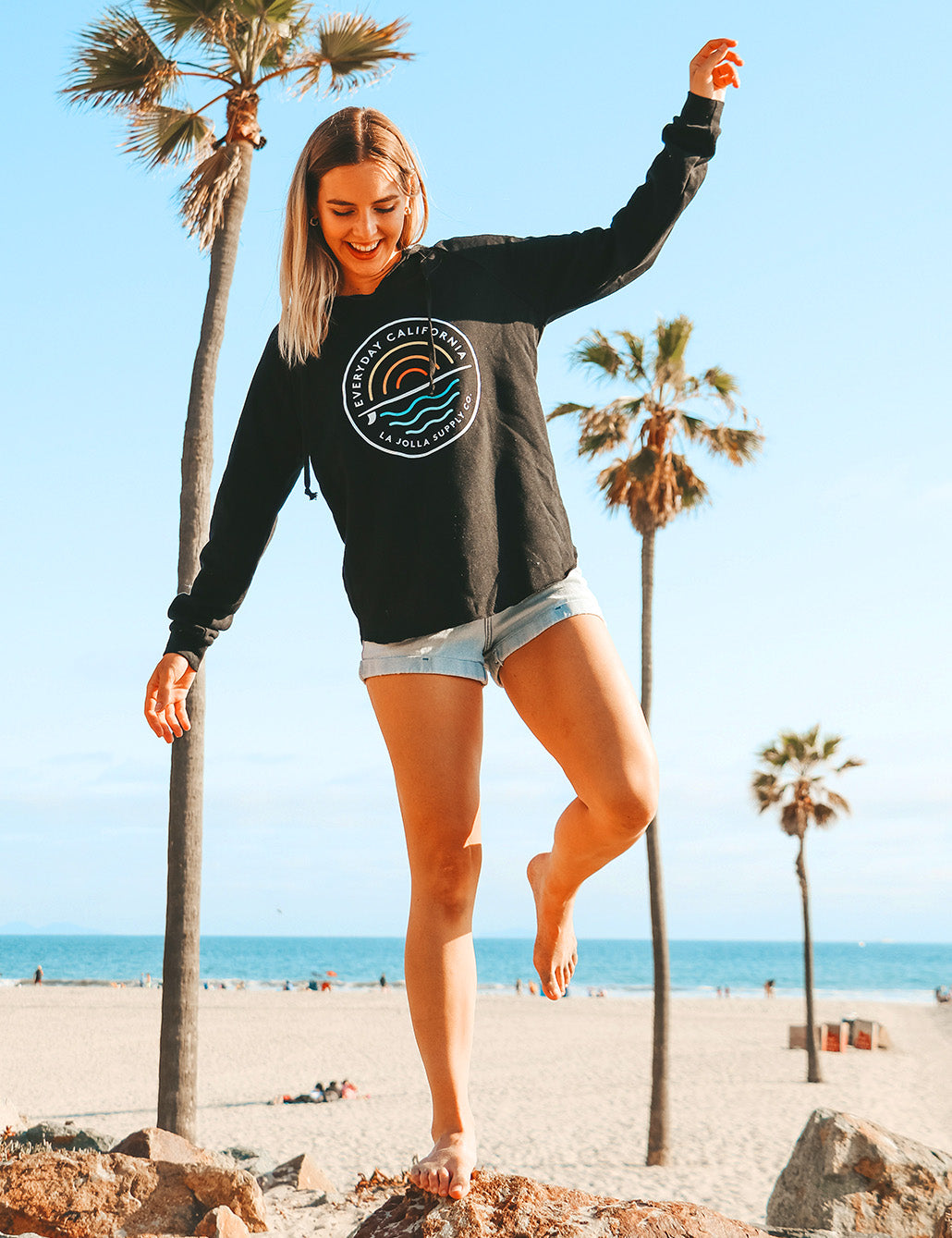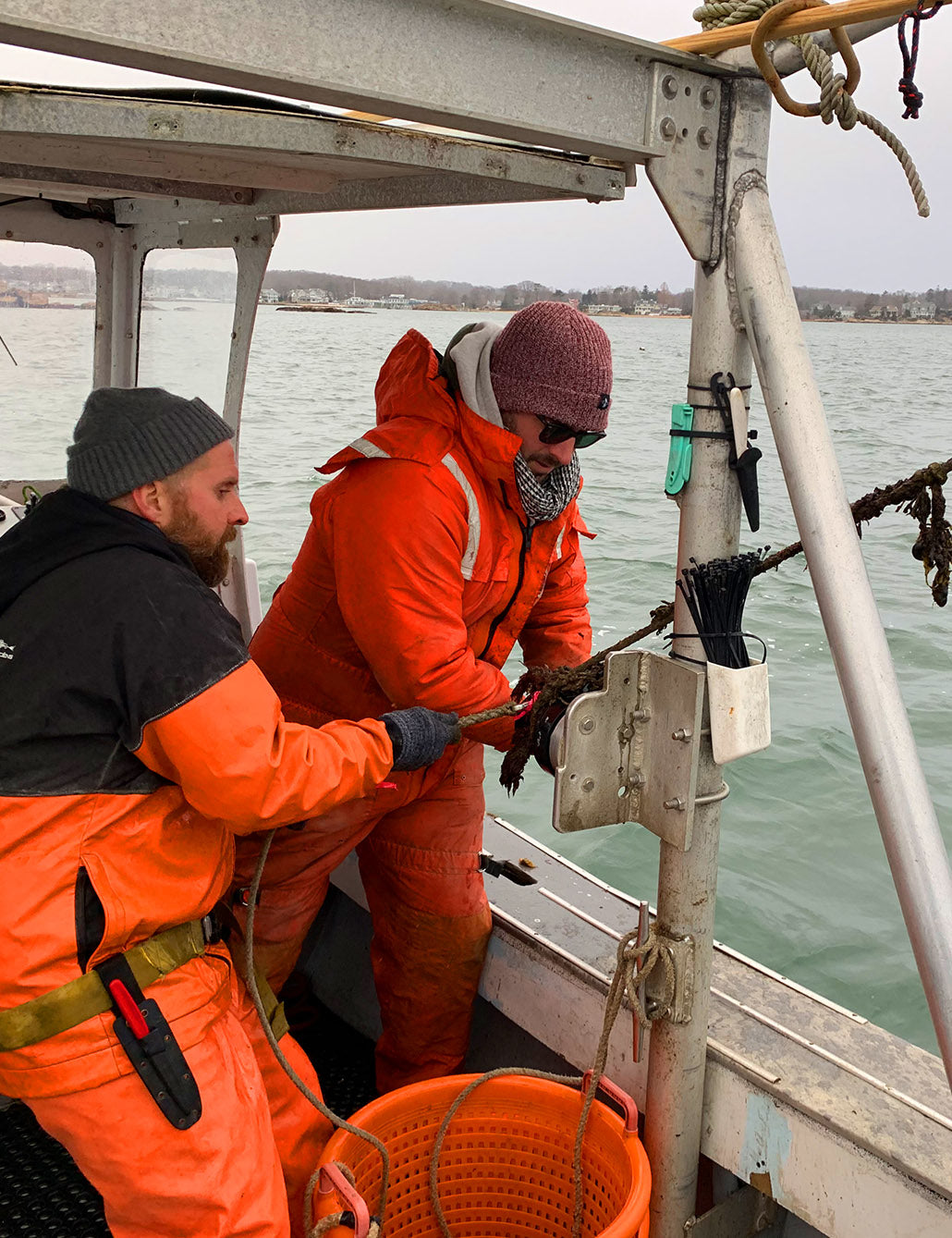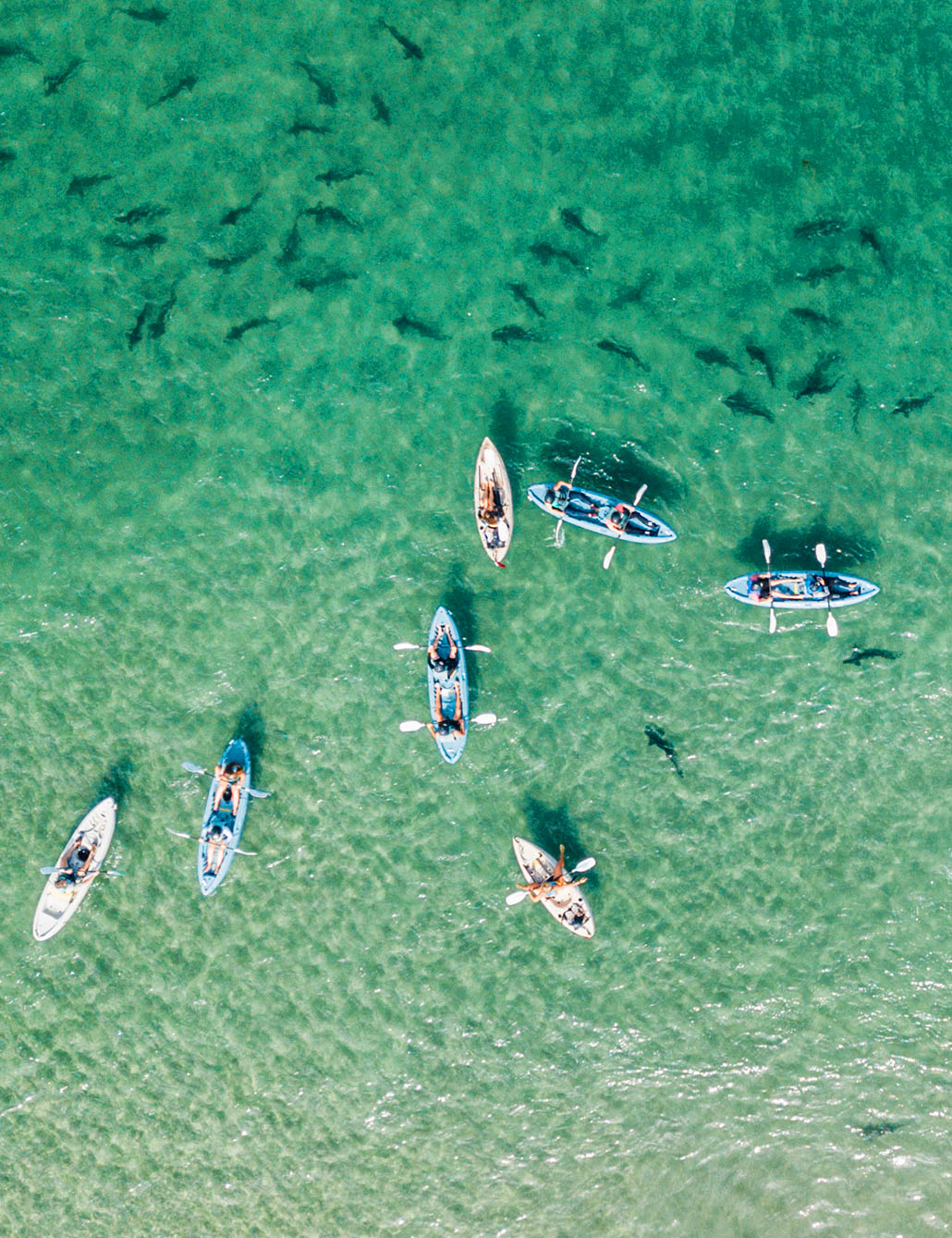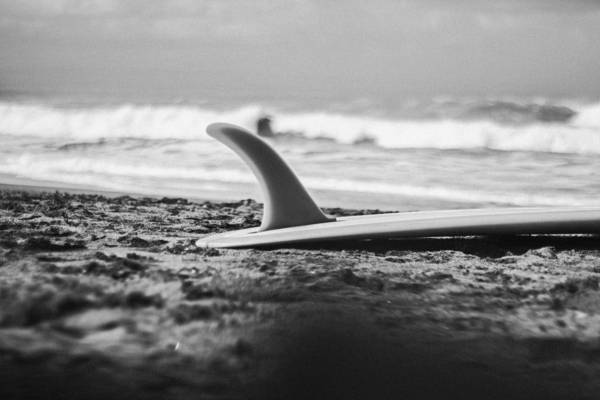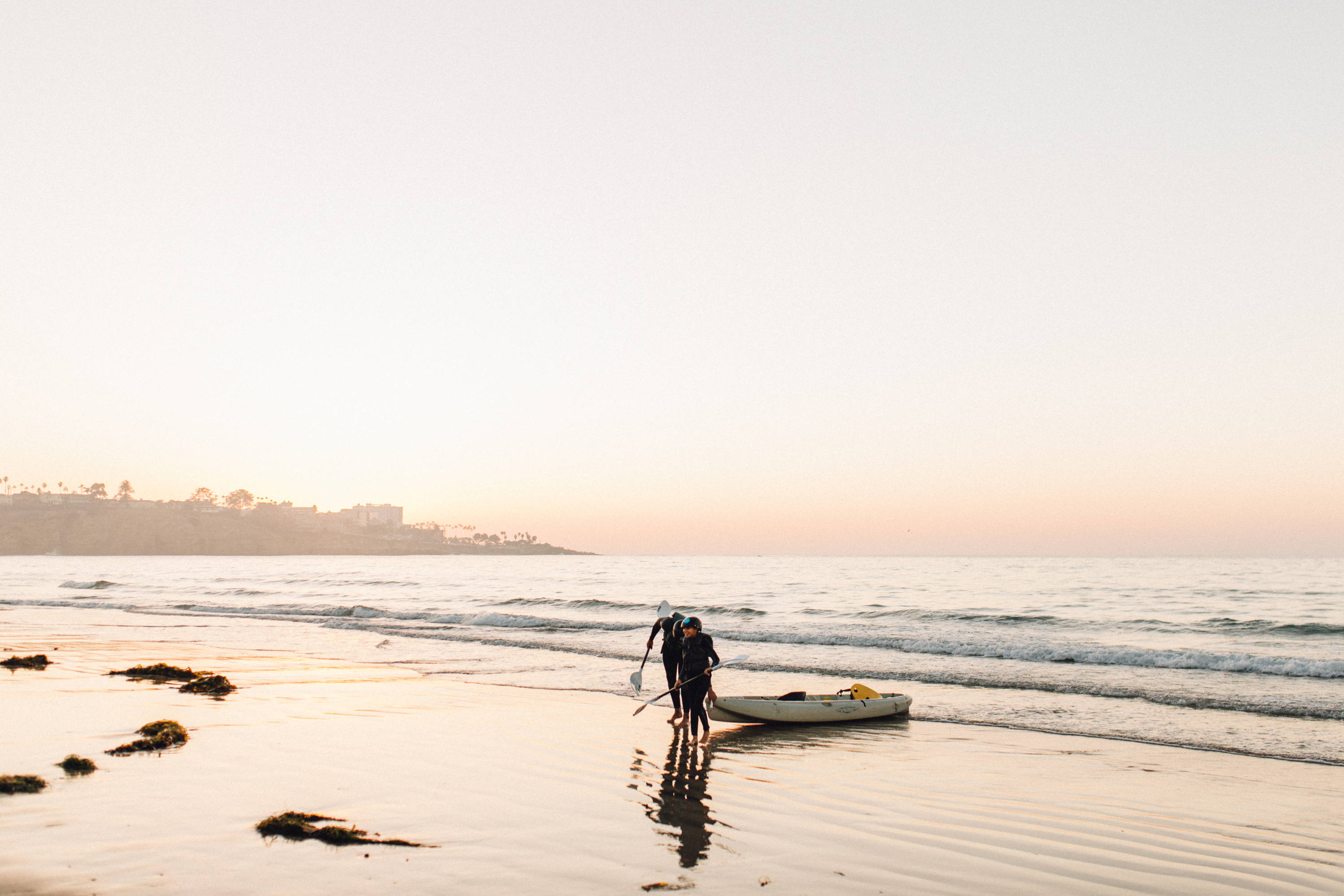By Andrew Iida I Head Writer & Resident EMT
Every once in a while, an inventor creates something so innovative that it changes an entire sport forever. For basketball, it was the introduction of the laceless ball. For football, it was polycarbonate helmets with face masks. For cycling, it was steroids.
But none of these come close to the absolute game-changer of surfboard fins. When Tom Blake took a keel from an abandoned speedboat and attached it to the bottom of his board, he immediately upended thousands of years of surfing history. A few decades later, everybody was using surfboards with fins.
Today, there are as many different styles and configurations of fins as there are surfboards.

What do surfboard fins do?
Fins give a board additional stability and control. Without fins, a surfboard would slide and turn over the surface of a wave. With a fin, the surfboard is able to track in a straighter line, which makes balancing a lot easier. The fin also creates a pivot point at the back of the board, allowing you to turn and maneuver while on a wave.
Can you surf without fins?
You can, but we don’t recommend it for beginners. Without the stability of a fin, the surfboard will slip and slide over the surface of the water, making it more difficult to balance on the board. Despite the steep learning curve, there are plenty of people who take the time to learn the art of finless surfing, and it looks awesome:
What kind of fins do I need for my surfboard?
Surfboards with removable fins will have a Futures, FCS, or FCS II fin box (the slot that holds the fins in the board). FCS fins will not fit in a Futures box and vice versa, so you’ll need to know which fin boxes your boards have.
Futures vs FCS vs FCS II fins
Futures fins have a single, long tab running along the whole length of the base of the fin, secured with a screw. Futures fins are sturdy, easy to install, and less likely to damage the fin box. The downside of Futures fins is that they are less popular than FCS fins, so your options are more limited, but they have become a lot more common in recent years.

FCS fins have two tabs, each with their own screw. FCS fins are the most widely used, so you’ll have more options from board and fin makers. People who choose Futures fins over FCS complain that when the FCS fins are damaged, it’s more likely that you’ll also damage the fin box than with Futures fins, which is a more expensive and time-consuming repair.

FCS II fins have two tabs, but do not need any screws. If you’re constantly switching out your fins for some reason, you might prefer the convenience of these fins. However, a lot of people report the fins falling out.

FCS II can be easily distinguished from FCS by its longer front tab
What fin setup is best for my surfboard?
Whatever works best for you. There are a ton of different fin shapes, styles, materials, and setups, and while there are general guidelines, you’ll just have to try them out and see what works best.
Surfboard Fin Setups
Single Fin

In the early days, every surfboard was a single fin board. Today, they are most popular with longboards, and a lot of people prefer the “classic” feel of an old-school single fin.
A single fin has a looser feel than multi-fin setups, and is ideal for fast surfing in a straight line. Boards designed for single fins typically have a long fin box, allowing you to move the fin backwards or forwards to fit your needs. The further forward you position the fin, the looser it will feel.
2+1 Fins


If you’re looking for a longboard with more stability and turning power, the 2+1 setup might be right for you. In this setup, a single fin is combined with two smaller fins (sidebites). The stability and maneuverability are increased, but the speed is somewhat less.
With more stability, a 2+1 setup can be easier for beginners than a single fin board. The great thing about the setup is that you can always remove the sidebites and just use a single fin.
Thruster Fins

A thruster fin setup is the most common fin configuration that you’ll see today, and it’s the one that we recommend for your first board. This setup is used by surfers of every experience level on every type of wave.
Thruster setups have 3 identical fins in a triangular layout, with two in the front and one in the center at the back of the board. Thruster boards have exceptional stability and maneuverability, and are used on every type of board.
Twin Fins

Common on fish surfboards, this setup uses two equally sized fins, like a Thruster setup without the middle fin. With less drag, you’ll generate more speed on a wave than with a thruster, so it excels on days with smaller, mushy waves when a thruster setup can’t cut it.
Quad Fins

Think of a twin fin setup with two smaller fins slightly further back and more towards the center. Performance-wise, quad fins feel like a step between twin fins and thrusters. They’re not as fast as twin fins and they don’t give you as much control as thrusters, but the is perfect for some surfers.
A board with quad fin boxes is the most versatile because it can accommodate all of the fin setups listed here.
4+1

If you take a quad fin setup and add a small, nub-like fin in the center of the tail, you’re using a 4+1 setup, sometimes known as a 5-fin setup. The small fin, often called a “guitar pick”, adds a small amount of stability and control and slightly reduces speed, but the difference is so small that you won’t really notice unless you are an experienced surfer.
But wait... there's more!
The fin setups listed above are the most common ones, but surfers use a ton of different configurations. Swipe the image below for some examples of unique setups.




Recent Finnovations
In the last decade especially, surfboard and fin construction is viewed more as a science than an art, with equipment being redesigned by physicists and engineers. These mad scientists of surfing are creating strange new devices for your quiver.
FinSciences makes a fin called the Wavegrinder, which looks like something you would see on the tail of a fighter jet. These fins were designed using principles of fluid dynamics to make the lightest, fastest fin possible. They're not very widespread yet, but surfers have been giving them great reviews.

Another exciting development is the fin by Boost Surfing, which has a motor that can propel the board 11mph for up to 90 minutes. The motor will help you paddle faster, get back in the lineup sooner, and catch more waves. It's hard to imagine that with the extra bulk, there won't be a decrease in performance, but we'll have to wait and see how well the design works.

The Boost fin is somewhat controversial. A lot of surfers fear that it will be a huge kook-magnet and fill the lineup with wave hogs. If you ever buy one, please remember to follow the Surfing Etiquette.


